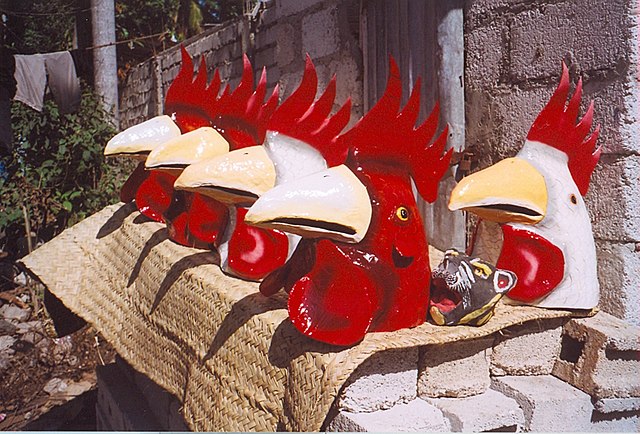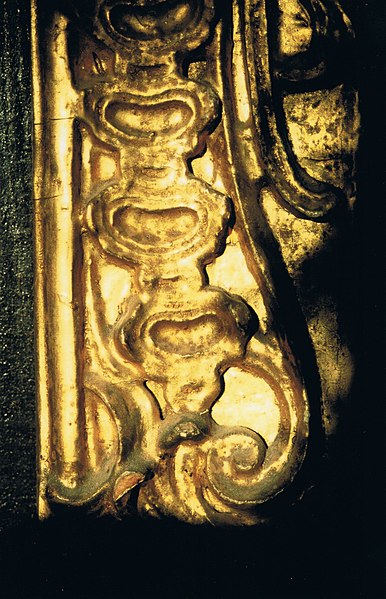Cartonería or papier-mâché sculptures are a traditional handcraft in Mexico. The papier-mâché works are also called "carton piedra" for the rigidness of the final product. These sculptures today are generally made for certain yearly celebrations, especially for the Burning of Judas during Holy Week and various decorative items for Day of the Dead. However, they also include piñatas, mojigangas, masks, dolls and more made for various other occasions. There is also a significant market for collectors as well. Papier-mâché was introduced into Mexico during the colonial period, originally to make items for church. Since then, the craft has developed, especially in central Mexico. In the 20th century, the creation of works by Mexico City artisans Pedro Linares and Carmen Caballo Sevilla were recognized as works of art with patrons such as Diego Rivera. The craft has become less popular with more recent generations, but various government and cultural institutions work to preserve it.

Burning of Judas early 20th century
Cartonería doll from second half of 20th century
Cartonería doll and decorated cartonería skull
Giant alebrije being painted at the Fábrica de Artes y Oficios Oriente center in Mexico City
Papier-mâché, frequently written as paper mache, is a composite material consisting of paper pieces or pulp, sometimes reinforced with textiles, and bound with an adhesive, such as glue, starch, or wallpaper paste.
Mardi Gras papier-mâché masks, Haiti
Papier-mâché with the strips method for the creation of a pig
Papier-mâché mask created with the pulp method
Detail of gilt papier-mâché as applied to an English picture frame








